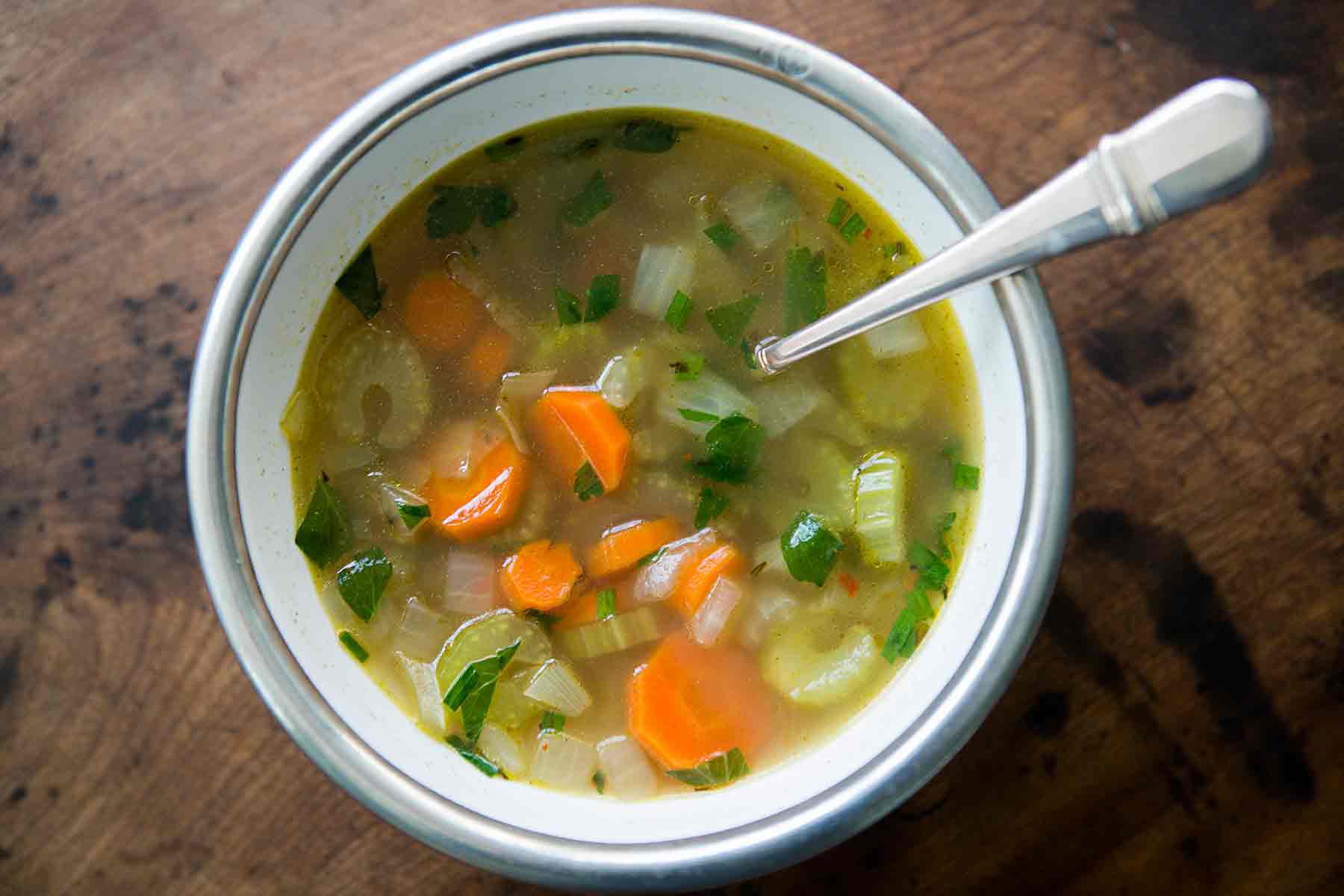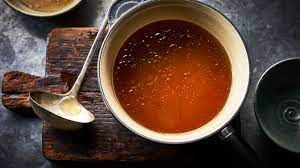
The process of fermenting food goes back for centuries. It was a prized method to preserve the harvest for the winter months when food was scarce and hunger a true threat. Although it is still a treasured way to preserve the harvest, its recent climb to fame here in the western world is due to the re-discovery of the health benefits the process unleashes. When natural sugars (or starches) come into contact with bacteria present within the environment it creates a process called lactic acid fermentation or lacto-fermentation.
Health benefits of consuming fermented foods:
- rich in vitamin B, vitamin C and enzymes that optimise digestion
- offers a diverse array of beneficial bacteria that train the immune system
- abundant in beneficial bacteria that colonise that gut & enhance digestive function
- support detoxification
- contains beneficial bacteria that manufacture vitamins for the body
- good health relies on good gut bugs
Fermented foods supports the good (and essential) bacteria in your gut. An ever growing body of evidence continues to support the idea that the micro-biome (intestinal bacterial balance) within the digestive system plays an integral role in creating and sustaining good health. The role of the micro-biome has been shown to influence mood, hormonal balance, nutritional status and immune function. Consuming fermented foods frequently is a health giving dietary practice.
Home-made Sauerkraut recipe:
Sauerkraut is the result of lactic acid fermentation of cabbage. It is a pro-biotic food that offers impressive levels of dietary fibre, vitamin A, vitamin K, vitamin C and B vitamins. It is relatively easy to make and can be stored for long periods of time.
Ingredients:
- two medium cabbage heads (cored and finely shredded)
- two tablespoons of sea salt
- large glass jar
Method:
Place the thinly shredded cabbage into a large bowl along with some salt and begin to squeeze the cabbage with your hands. This part is rather labour intensive because you will need to break up the cellular structure and encourage the cabbage to release its juice. Once the cabbage becomes very soft and surrounded by plenty of juice it is time to transfer the sauerkraut into a sterilised jar or fermenting crock. Place the salty cabbage into the vessel and push the substance to the bottom, ensure to remove all air bubbles. Place one of the outside cabbage leaves on top of the liquid and completely submerged it below the fluid level. Place a weight (a heavy based glass with a few rocks inside) on top if necessary to ensure all of the contents are submerged. Loosely cover with a muslin cloth (so no little bugs join the party) and allow it remain on the bench at room temperature for at least 1 month. You can leave it for up to 6 months depending upon your desired taste. Once happy with the flavour you can place in the refrigerator where it will keep for 6-12months.
Please note: The cabbage must not to be exposed to air, it must be submerged below the liquid. The fermentation is an anaerobic process (without air), any exposure to air increases the chances of contamination by adverse bacteria, moulds and yeast.








